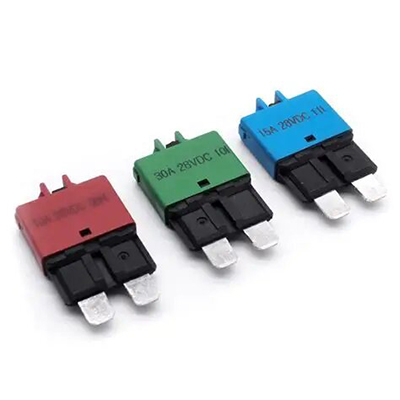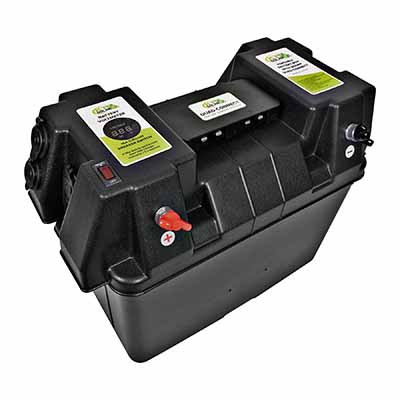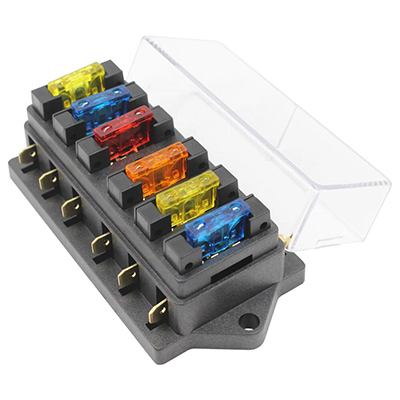Comprehensive Guide to Understanding Polarity in Car Fuses: Do They Have Positive and Negative Poles and What It Means for Automotive Applications
News 2025-10-13
Car fuses are essential safety devices in automotive electrical systems, designed to protect circuits from overcurrent by melting a conductive element and interrupting the flow. Many inquire if these fuses have positive and negative poles, often confusing them with components like batteries. In truth, most standard car fuses are non-polarized, meaning they operate without regard to installation orientation. This design choice stems from their simple function of responding to current magnitude, not direction, which is crucial for reliable performance in vehicles where quick replacements are often needed during maintenance or emergencies.

Fundamentals of Fuse Operation
Fuses function by containing a metal strip that melts at a predetermined current level, breaking the circuit to prevent damage. In automotive contexts, common types like blade or glass fuses lack inherent polarity, as their protection mechanism relies solely on current intensity. This non-polarized characteristic allows fuses to be versatile across DC circuits in cars, simplifying design and reducing the risk of errors in complex wiring systems where current flow can vary.
Applications in Automotive Systems
Automotive fuses protect a wide range of components, including lighting, audio systems, and power windows, by safeguarding against electrical faults. Their non-polarized nature makes them ideal for dynamic environments like vehicles, where ease of installation and removal is key during repairs. For example, in fuse boxes, these devices can be swapped quickly without orientation concerns, enhancing efficiency in scenarios such as roadside fixes or routine inspections, and ensuring consistent protection across diverse electrical setups.
Performance Advantages
Non-polarized car fuses offer key benefits, including rapid response to overcurrent and straightforward integration into vehicle designs. This polarity-free design minimizes installation complexity, allowing for cost-effective manufacturing and reduced maintenance time. It also bolsters safety by eliminating risks associated with reverse polarity, such as potential damage to sensitive electronics, thereby improving overall system durability and reliability in demanding automotive conditions.
Related Questions and Answers
1. What causes a car fuse to blow frequently?
Answer: Frequent blowing often indicates an underlying issue like a short circuit or excessive load; diagnosing and fixing the root cause is essential.
2. Can different types of fuses be used interchangeably in cars?
Answer: No, fuses must match the specific current rating and type for the circuit to avoid inadequate protection or damage.
3. How do car fuses contribute to vehicle safety?
Answer: By preventing overheating and fires from electrical faults, fuses protect both the vehicle’s components and occupants from potential hazards.

